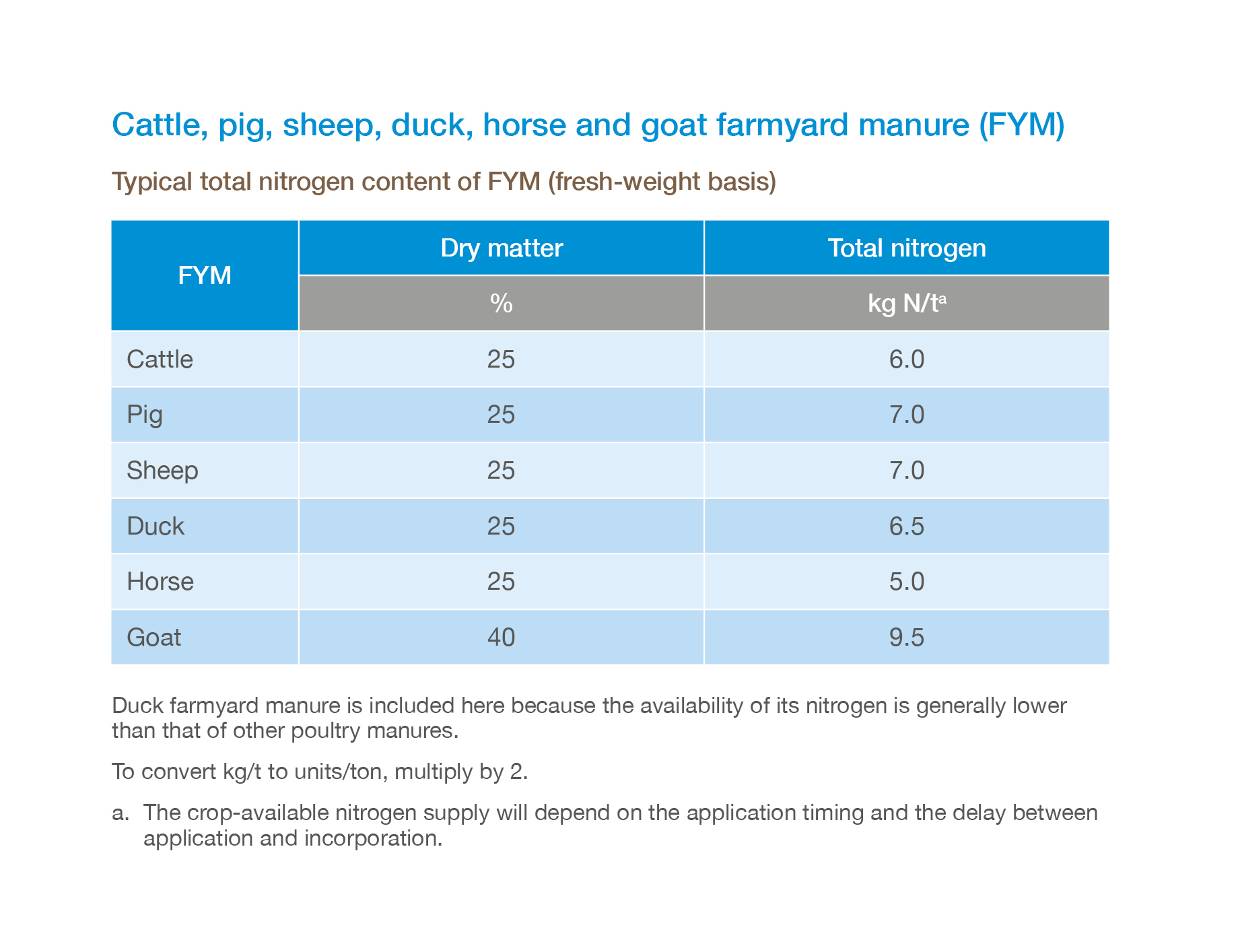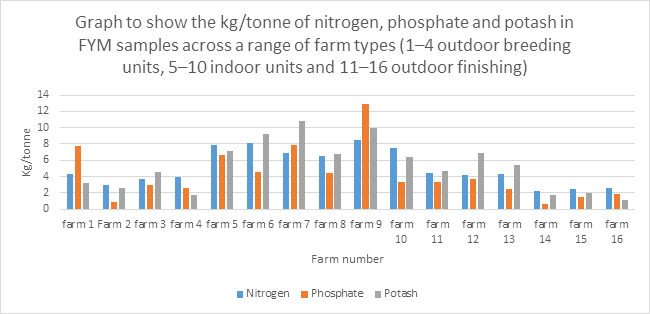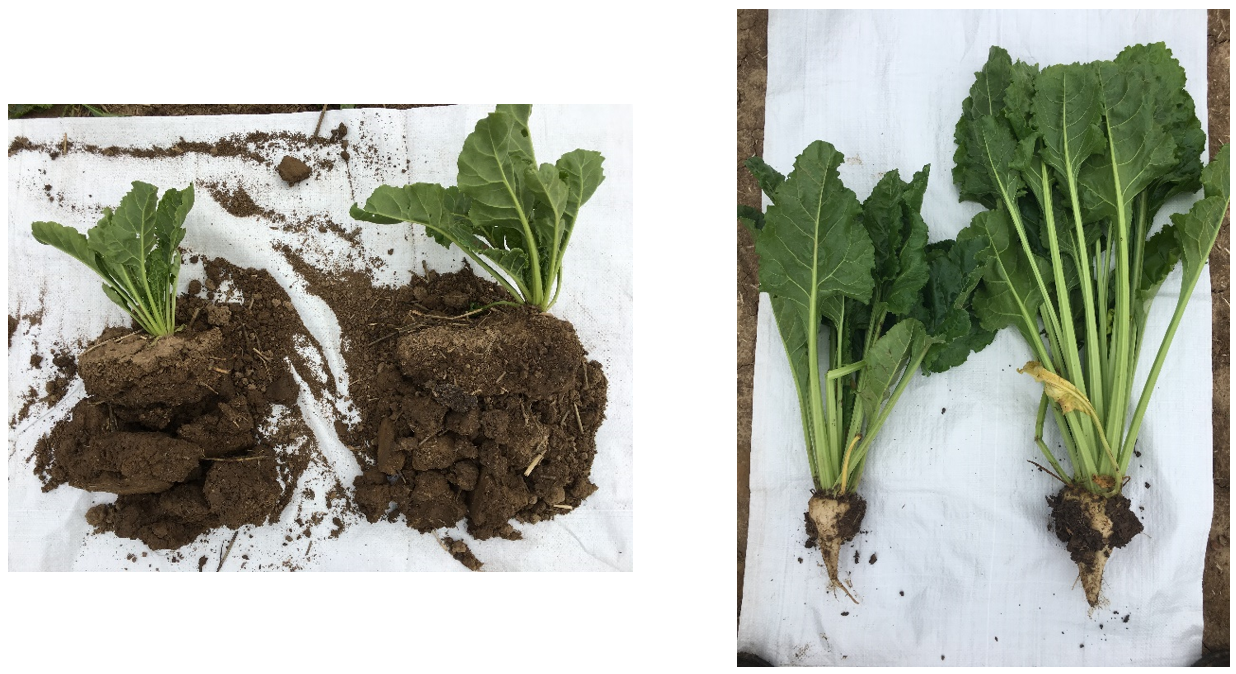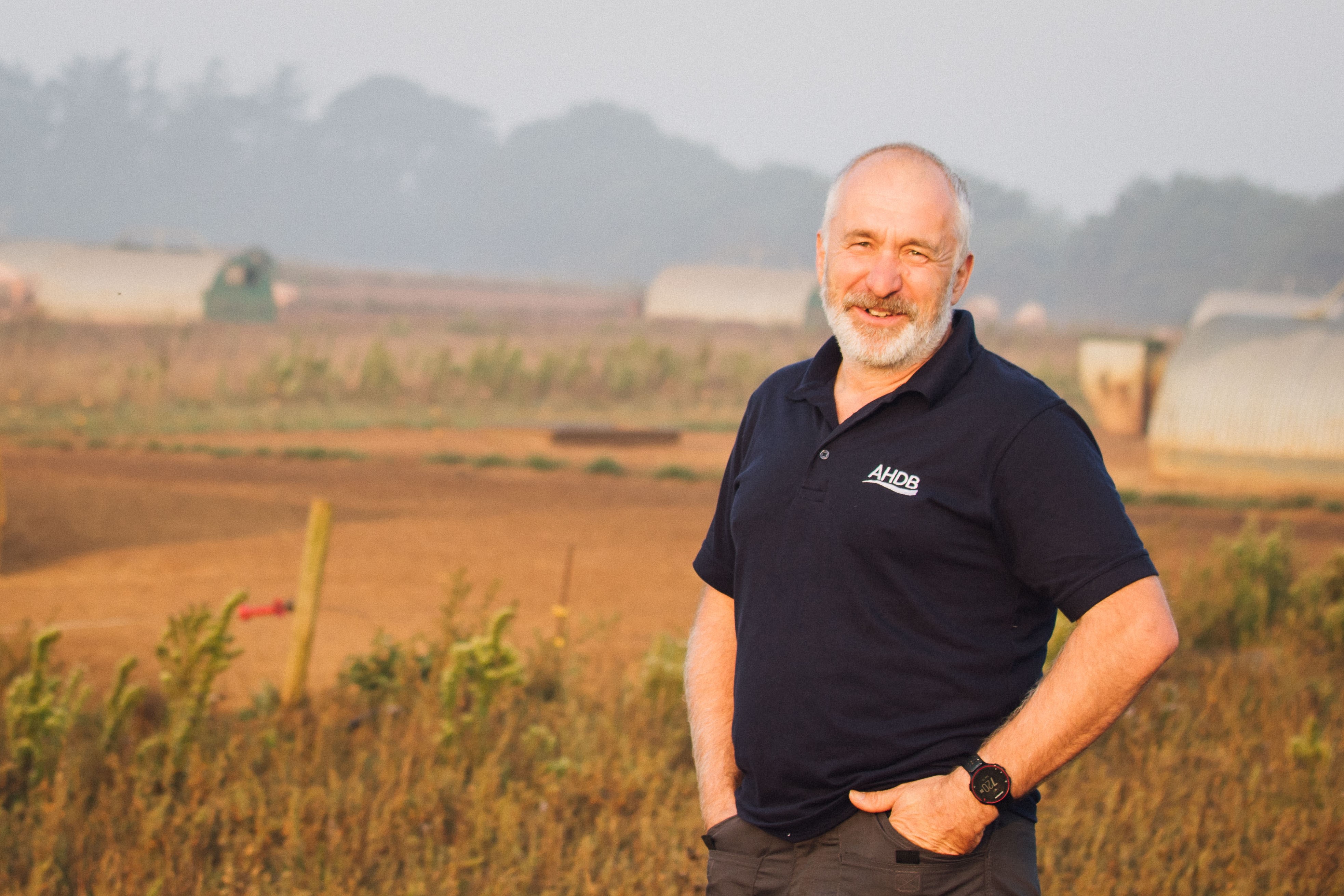Do you place enough value on farmyard manure?
Wednesday, 18 November 2020
by Andrew Palmer – Knowledge Exchange Manager
Andrew Palmer, Knowledge Exchange Manager at AHDB, has been working with stakeholders to assess the value of farmyard manure (FYM) and the impact it can have on crop productivity.
Outdoor pig production systems can work well in an arable rotation and increase soil health, structure and fertility. Over the years, producers and their advisers have learnt to understand and manage the soils they work with, but is the value of farmyard manure fully appreciated?
Organic materials applied to agricultural land, such as FYM, anaerobic digestates and waste-derived materials, are valuable sources of most major plant nutrients and organic matter. In fact, they often provide a greater mix of nutrients than many manufactured fertilisers, and the benefits to crop yield and soil quality are well recognised.
Careful application to land allows the nutrient value of FYM to be used for the benefit of crops and soil fertility, which can result in large savings by reducing the amount of manufactured fertilisers needed.
Join our webinar: Benchmarking the bacon - do pigs pay in the arable rotation?
Many farmers acknowledge and value these properties, taking them into account as part of their soil and land management. However, the associated costs of moving and spreading FYM are often considered an expensive inconvenience, and organic materials can present a considerable environmental risk if not handled carefully.
Practicalities of using organic material
Typically, around 40% of the readily available nitrogen (N) content of organic materials can be lost following surface application to land. Ammonia loss and odour nuisance can be reduced by ensuring that organic materials are rapidly incorporated into soils (within six hours of application for liquid materials and 24 hours for solid materials to tillage land). The amount of nitrogen leached following land application is mainly related to the soil type, the application rate, the readily available N content and the amount of rainfall after application.
As ammonium-N is rapidly converted in the soil to nitrate-N, organic material applications during the autumn or early-winter period should be avoided, as there is likely to be sufficient overwinter rainfall to wash a large proportion of this nitrate out of the soil before the crop can use it. Delaying applications until late winter or spring will reduce nitrate leaching and increase the efficiency of utilisation of manure nitrogen. This is particularly important for organic materials with a high content of readily available nitrogen.
In nitrate vulnerable zones (NVZs), applications of organic material with a high readily available nitrogen content, for example, slurry, poultry manure and digestate, are subject to closed-spreading periods to reduce the risks of nitrate-leaching losses.
Is all FYM equal?
Outdoor pig producers are sometimes unclear about the value of FYM in terms of its NPK value and, with increasing focus on sustainable farming and improving soils, it is important for producers and landowners to understand the benefits that FYM can bring, both in terms of soil quality and future cropping.
MANNER-NPK is a free practical software tool that provides farmers and advisers with a quick estimate of crop-available nitrogen (N), phosphate (P) and potash (K) supply from applications of organic materials.
Different types and stages of livestock production result in FYM with varying nutrient values, as shown in the table below, taken from the Nutrient Management Guide (RB209).

Nutrient Management Guide (RB209)
Recent trial work has demonstrated the true value of NPK in FYM and highlighted the importance of regular testing. The trial, which involved producers from across the east of England, as well as using data from the British Beet Research Organisation (BBRO), focused on three areas of production: outdoor breeding, outdoor rearing/finishing and indoor production; the results are shown in the graph below.

Based on the variance identified between samples, and to comply with maximum N application rates, the recommended application rates would vary by as much as 30 t/hectare. You should plan to use as much as possible of the nutrient content of organic materials. Not adequately allowing for these nutrients, particularly nitrogen, not only wastes money because of unnecessary fertiliser use, but can also reduce crop yields and quality, for example, lodging in cereals, poor fermentation in grass silage and low sugar levels in beet.
Where the N value is relatively low, it is important to remember that FYM still plays a key role and represents significant value in terms of boosting the organic matter content of the soil.
Organic matter and crop yields
Organic matter improves soil texture, workability and quantity of water available for uptake by plant roots, while improving drainage characteristics, a feature particularly important under low rainfall and which can reduce the amount of irrigation needed. Organic manures also enhance soil biodiversity, encouraging a wider range of species (e.g. insects and birds) to the countryside.
Additional work with ADAS and BBRO demonstrated improved germination rates and crop yields from sugar beet grown in soils with higher organic matter content, as shown in the photos below. However, it is important to note that management of organic matter for soil improvement is a long-term process.

Yield mapping technology
Yield mapping technology is becoming commonplace and is used by farmers to identify and plot, in a digital format, poor-performing areas within fields. Historically, FYM has been applied at the same rate across the whole field, but with these advances in technology, as well as equipment, there is potential to use yield mapping, in conjunction with soil testing, to improve the organic matter content specifically in poor-performing areas of fields through variable-rate FYM application. Yield maps can be used to inform which soil-sampling strategy (grid- or zone-based) is likely to be most cost-effective and to determine which fields are likely to benefit the most from variable-rate management.
Ultimately, this partnership of using traditional methods with emerging technology can lead to improvements in production efficiency, nutrient management and precision farming, which not only affect profitability, but also the potential to reduce pollution of groundwaters and emissions of greenhouse gases.

Topics:
Sectors:
Tags:

